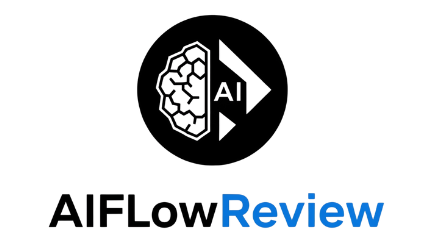Picture this: you’ve spent hours hunting for the “perfect” AI tool to solve a business challenge, only to realize later that it barely fits your needs, feels clunky to use, or ends up costing double what you expected. With the explosion of AI options—from chatbot builders to automation platforms and image generators—the risk of making the wrong choice is higher than ever. That’s why I believe that comparing AI solutions before buying isn’t just a smart move—it’s essential. It opens the door to making confident, well-informed, and cost-effective decisions.
Not All AI Solutions Fit Every Need
Every AI solution brings something a little different to the table. One tool might shine at automating emails while another could be built for deep analytics. If I don’t compare, I risk buying an expensive hammer for a job that really just needs a screwdriver.
Factors like daily workflow, team size, and existing systems play a big role in what “best” means for me. Some AI tools offer a high degree of customization, letting me shape the system to fit my business like a glove. Others stick to pre-defined templates, which might leave important features out or force my team to adapt rather than thrive.
Missing these details can waste both time and money. It gets frustrating fast when integration fails or key features are locked behind a pricey upgrade. Getting the right fit the first time makes all the difference.

Photo by Markus Winkler
Customization and Scalability Differences
I’ve seen firsthand how off-the-shelf AI tools promise a speedy setup, but might feel limiting once goals or team sizes grow. Think of using prefab furniture when you really need built-ins that fit the room perfectly. An AI platform that works for a small creative team may buckle under the needs of a large enterprise.
Some industries, like healthcare or finance, demand strict compliance and room for future upgrades. If my organization plans to scale or shift directions, starting with a flexible, customizable AI tool saves me from switching down the road. Sources like the AI Tool Comparison Chart show just how differently some platforms support integration and adaptability.
Assessing Vendor Support and Data Security
Support and privacy can be deal-breakers. If I lock into a vendor who’s slow to fix bugs or slow to answer questions, my project stalls. I also have to watch out for vendors who make data migration difficult, pricing me into a corner if I ever want to switch.
Strong customer support, clear data privacy practices, and a track record for regular updates are non-negotiables. In a time where power consumption and responsible deployment of AI matters, real peace of mind comes from knowing my data and processes are safe—an issue highlighted in recent artificial intelligence trends.
Maximize Your Investment with Smart Comparisons
The phrase “you get what you pay for” rings true with AI. Just because a solution is feature-rich or high-priced doesn’t mean it’s right for my team. Directly comparing options helps cut through the noise, showing where costs hide and where value shines.
Expert reviews and structured comparisons offer real-life perspectives that take the mystery out of benefits and drawbacks. I use these to line up tools in a way that gives me a side-by-side, apples-to-apples view of what I’m getting, like what’s mapped out in the Comparison of AI Models resource.
Identifying Hidden Costs and Performance Gaps
Not all costs are obvious up front. Upgrades, training, support, and integration can stretch my budget thin if I’m not careful. A proper comparison teases out potential issues, like tools that charge extra for advanced analytics or that require extra subscriptions for full integration.
AI tools aren’t just about baseline price. They need consistent updates, fast performance, and easy cross-platform compatibility. Hidden gaps—like slow feature rollouts or limited security updates—only show up when I compare specs, read up on user reports, and check for credible assessments.
Making Use of Reviews and Comparison Platforms
Trusted comparison platforms are my secret weapon. I treat directories and review sites like AI Flow Review as a second opinion, especially knowing how many tested data points they consider before recommending a tool.
They break down features, use cases, costs, and even customer service quality. Reading these side-by-side comparisons goes beyond dizzying sales pitches and gives me a real look at strengths, weaknesses, and unique perks. I also appreciate updated lists like The Best AI Tools in 2025, which sort tools by practical advantage rather than popularity.
Wrapping Up: Confidence in Your AI Choice
Taking the time to compare AI solutions before buying puts me in charge. It lets me skip buyer’s remorse, avoid surprise charges, and find tools that make my workflows smoother, not harder. With the fast growth in AI—and new trends shaping how we all use these technologies—it pays to be picky and deliberate. My advice? Before the next purchase, spend an extra half hour comparing and reading reviews. The boost in confidence and success is worth every minute.

















